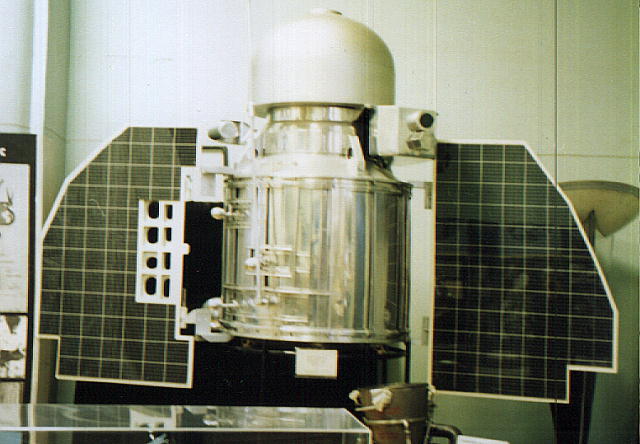Twenty-five years ago today — January 12, 1986 — the Space Shuttle Columbia launched from Kennedy Space Center carrying into orbit the first member of U.S. House of Representatives to fly in space.

(In-flight portrait of the STS-61C crew. NASA image.)
The entire STS-61C crew consisted of astronauts Robert L. “Hoot” Gibson, Charles F. Bolden, Franklin R. Chang-Diaz, George D. “Pinky” Nelson, Steve A. Hawley, and Robert J. Cenker, plus Congressman William C. Nelson. In addition to being the first time a sitting Representative flew in space, it was the first flight for Bolden, who is the current NASA Administrator, and for Chang-Diaz, the first Costa Rica-born astronaut.
The crew deployed the SATCOM KU-1 communications satellite and conducted a number of different experiments. Their landing was originally moved up one day, then had to be delayed because of weather.
The NASA mission summary doesn’t mention how much concern they had over seeing a piece of thermal insulation in orbit alongside the shuttle:

(One of the shuttle’s thermal insulation tiles photographed from inside Columbia. NASA image.)
I imagine that sort of thing, even if not uncommon, would increase the “pucker factor” when it came time for landing. But such is the life of the “steely-eyed missile men.”*
___
*And women, of course, but there weren’t any on this mission.



 by
by 


















